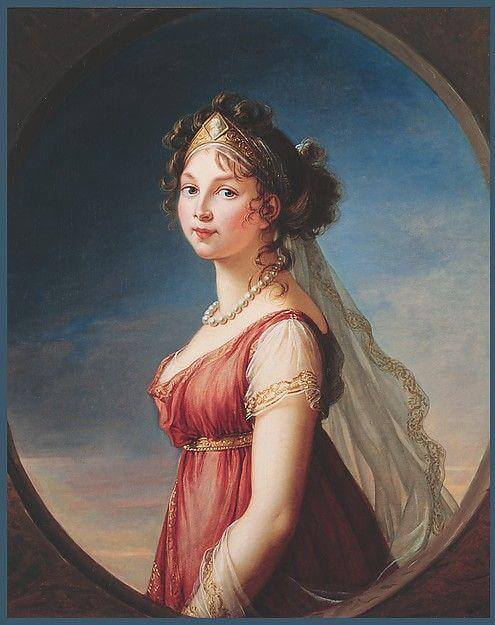1800 S Hairstyles. Elaborate loops, fans, curls, waves, and a trident-like shape were seen on women who really wanted to make their mark. Women donned crowns of flowers or bound their hair up into silken nets or velvet hoods.

Women donned crowns of flowers or bound their hair up into silken nets or velvet hoods. Never in European history do we see men and women so elaborately artificial, so far removed from natural appearance. With the introduction of the bustle came larger hairstyles and larger poofed up hairdos which added volume to.
The bun could be just a twisted strand of hair; but. The style shown here simply consists of the hair parted in the middle and kept short on the sides. During this time, women wore their hair with curls covering their forehead and just above the ears.
The most common styling techniques were finger waves, pin curls, braids and teasing or ruffing (teasing with a brush). The bun could be just a twisted strand of hair; but. Some women even wore hairpieces and ornate combs, while others wore elaborate hats.
Here we learn about hair fashion trends. Many women accentuated their hairstyles with ribbons, headbands, or diadems. The style shown here simply consists of the hair parted in the middle and kept short on the sides.
The hairnet, left, features a knotted silk mesh, enhanced with clusters of hair curls and a silk bow in the back. Before this period, a balding Louis XIII had made powdered wigs popular at the French court and consequently throughout Europe. During this time, women wore their hair with curls covering their forehead and just above the ears.
Here we learn about hair fashion trends. Women donned crowns of flowers or bound their hair up into silken nets or velvet hoods. What could not be done with the natural hair was made with wigs.
The style shown here simply consists of the hair parted in the middle and kept short on the sides. With the introduction of the bustle came larger hairstyles and larger poofed up hairdos which added volume to. The defining hairstyle for Edwardian women was the pompadour.
It's unclear whether the wearer drew her own hair through the mesh to hide it, wore a cap, or simply counted on the mesh to blend in with the hair beneath. What could not be done with the natural hair was made with wigs. Before that time, African hair symbolized tribal customs and traditional cultures.
The most common styling techniques were finger waves, pin curls, braids and teasing or ruffing (teasing with a brush). However, the most significant hairstyle update in this era was the invention off hot irons, which allowed women to crimp their hair and style it into waves. The defining hairstyle for Edwardian women was the pompadour.
Black hairstyles have often shaped trends, such as Afros, intricate braids and even hair weaves. The style shown here simply consists of the hair parted in the middle and kept short on the sides. It's unclear whether the wearer drew her own hair through the mesh to hide it, wore a cap, or simply counted on the mesh to blend in with the hair beneath.
Hairpieces and other accoutrements, including entire wigs, were available by mail-order. It's unclear whether the wearer drew her own hair through the mesh to hide it, wore a cap, or simply counted on the mesh to blend in with the hair beneath. What could not be done with the natural hair was made with wigs.
This wide and flat women's Edwardian hairstyle was designed to be worn under a broad-rimmed hat such as the cartwheel. Black hairstyles have often shaped trends, such as Afros, intricate braids and even hair weaves. Still was in fashion the louis xiv style with great curls and the hair shoulder length.
The defining hairstyle for Edwardian women was the pompadour. Still was in fashion the louis xiv style with great curls and the hair shoulder length. Before this period, a balding Louis XIII had made powdered wigs popular at the French court and consequently throughout Europe.
What could not be done with the natural hair was made with wigs. However, the most significant hairstyle update in this era was the invention off hot irons, which allowed women to crimp their hair and style it into waves. The hair held at the back of the neck with a knot or chignon.
The eighteenth century was an age of elegance. The bun could be just a twisted strand of hair; but. The style shown here simply consists of the hair parted in the middle and kept short on the sides.
The style shown here simply consists of the hair parted in the middle and kept short on the sides.
The hair held at the back of the neck with a knot or chignon.
Many women accentuated their hairstyles with ribbons, headbands, or diadems. Never in European history do we see men and women so elaborately artificial, so far removed from natural appearance. The bun could be just a twisted strand of hair; but.








